|
Apatura iris / Purple Emperor
Perandori i purpurt
Nymphalidae - Apaturinae
Apatura iris (Linnaeus, 1758) TL: Germany and England.
 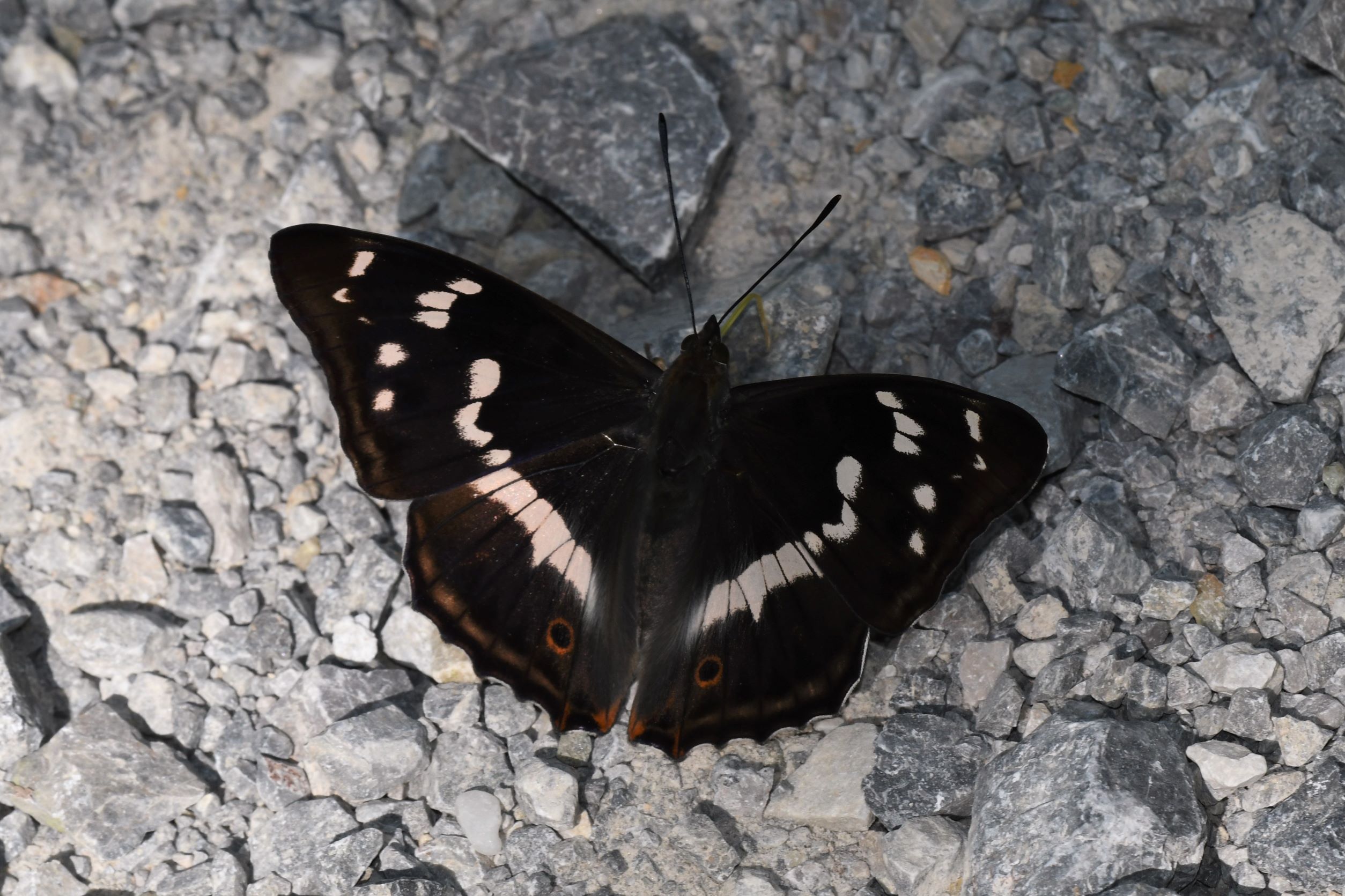
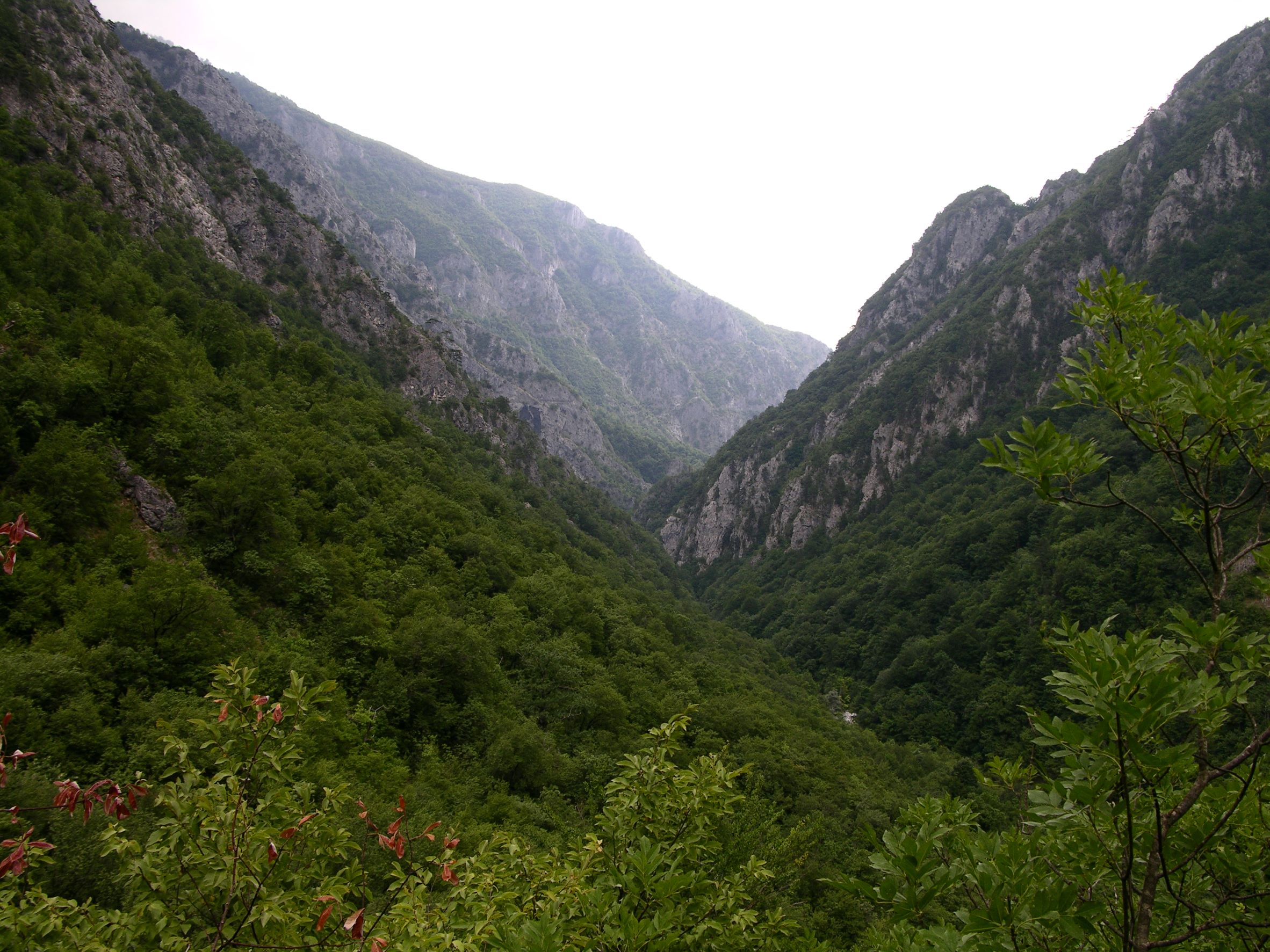 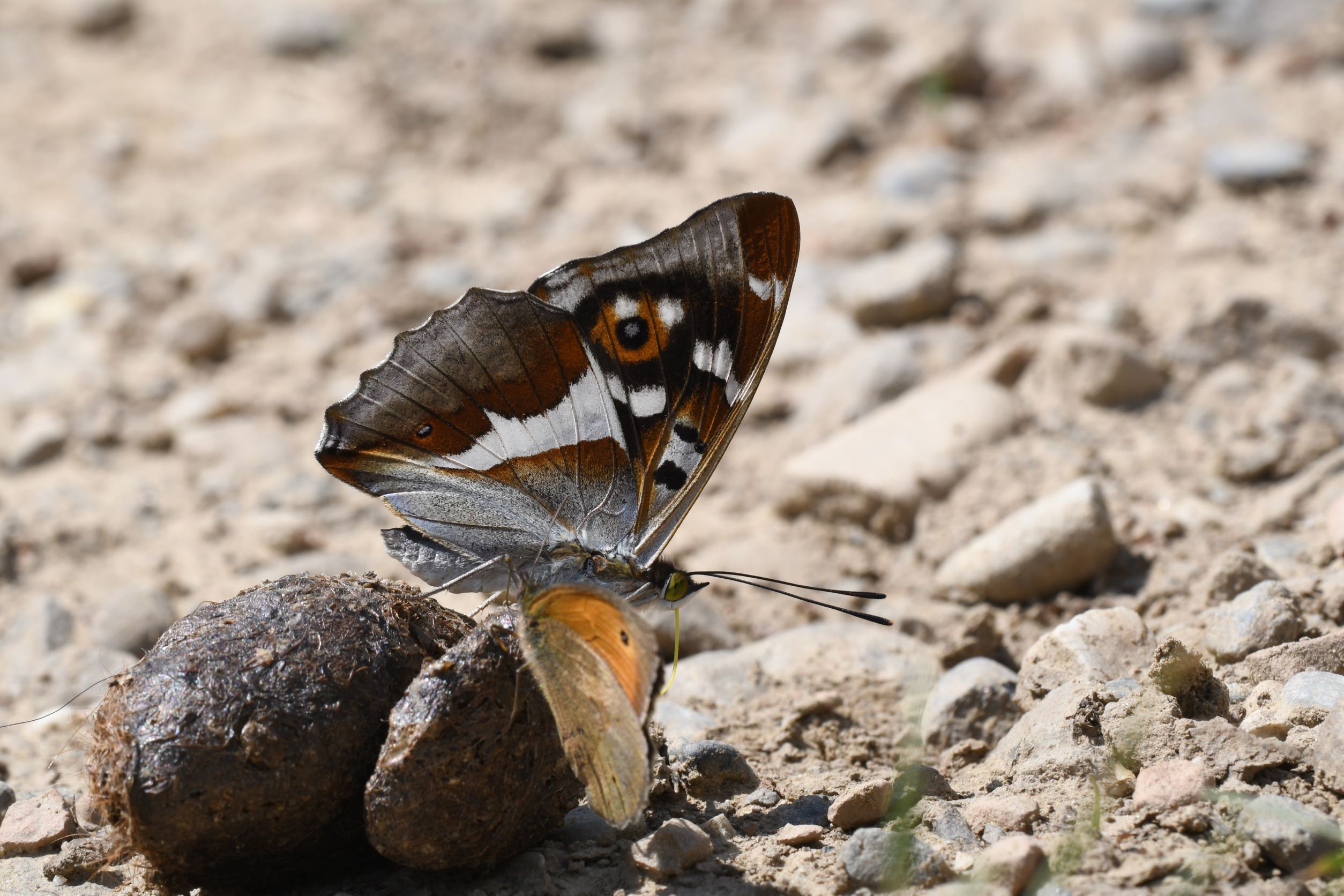 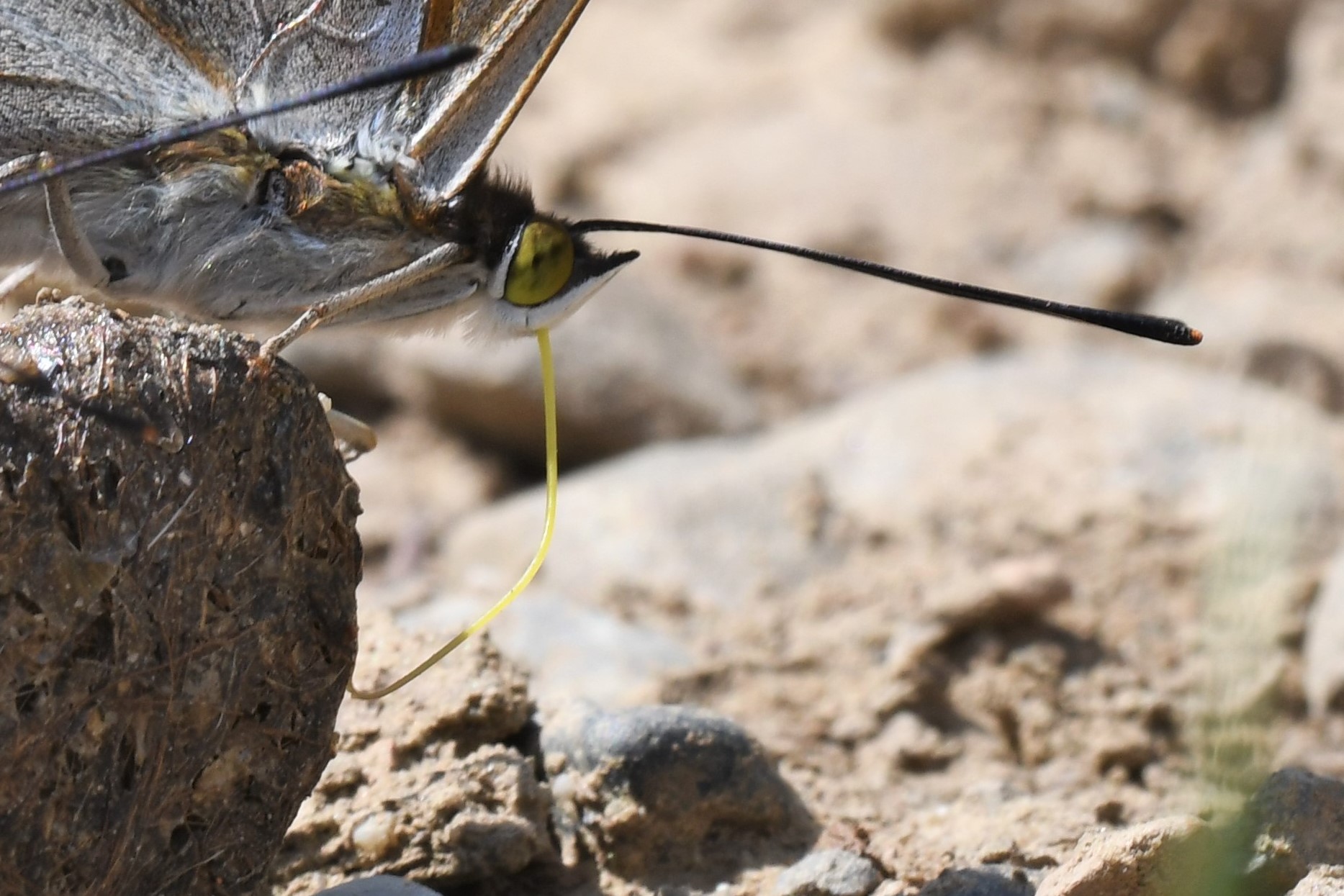
1a. Apatura iris, distribution map (09.i.2025).  Historical data ; Historical data ;  Additional data from the 2018 update ; Additional data from the 2018 update ;  New observations since the 2018 update. New observations since the 2018 update.
1b. Apatura iris ♂ upperside. Romania (© Sylvain Cuvelier)
1c. Habitat of Apatura iris. Lumit te Gashit, Albania (© Lulëzim Shuka)
1d. Apatura iris ♂ underside. Romania (© Sylvain Cuvelier)
1e. Apatura iris ♂ feeding on excrements. Romania (© Sylvain Cuvelier)
Description
♂♂
Large butterfly. Fw: 31-37 mm, the largest of the Apatura.
Ups: irridiscent purple-blue flush on dark gc, markings white.
Upf: inconspicious black ocellus in s2.
Uph: oblique discal white band.
Uns: chestnut-brown and olive gc.
Unf: fulvous circular mark enclosing blue pupilled ocellus in s2.
Unh: white band with straight inner edge and dentate on outer side.
♀♀
Larger.
Ups: no irridiscent purple-blue flush, larger markings.
Uns: larger markings.
Similar species
Life cycles
Single generation from June to August.
Egg: 8-18 days.
Caterpillar: long stage, overwintering as L3 larva.
Pupa: 13-22 days.
Habitat
Apatura iris inhabits forests (also cooler areas than the other Apatura), often encountered in places near running water with abundantSalix trees from 500 up to 1700 m a.s.l.
Spatial requirement considerable, population density can be high.
Foodplants
Caterpillars feed mainly onSalix alba, S. aurita, S. caprea and S. cinerea, also mentioned are Populus nigra and P. tremula.
Butterflies feed on liquid from rotten material, dung and carrion., mud-puddling.
Distribution
Albania: very local (more research needed)
Balkan: AL - BG - BIH - GR - HR - NMK - MNE - RKS - RO - SLO - SRB
Europe: IB* - IT* - ALP - BAL - NWE - UK* - SCA* - EEU
Not present at all in Asia Minor, Near East, Transcaucasia, Caucasus and further east (except temperate Asia).
Conservation status
Apatura iris is not endangered.
Albanian Red List: VU.
IUCN Red List, category at the Mediterranean level: LC.
Useful links
Bink 2015
Pyrgus.de
Lepiforum
Euroleps
|
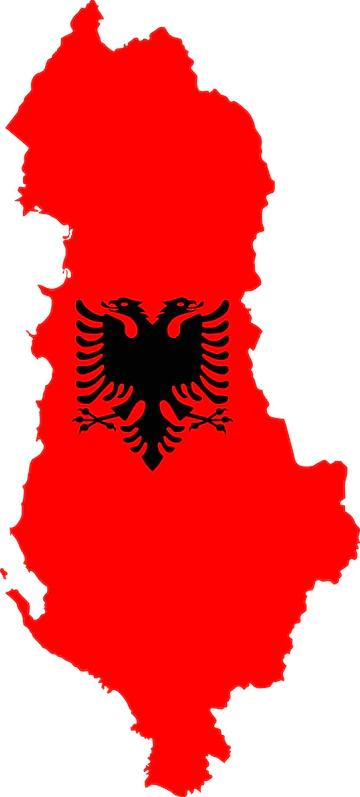 xx
xx 


 Historical data ;
Historical data ;  Additional data from the 2018 update ;
Additional data from the 2018 update ;  New observations since the 2018 update.
New observations since the 2018 update.